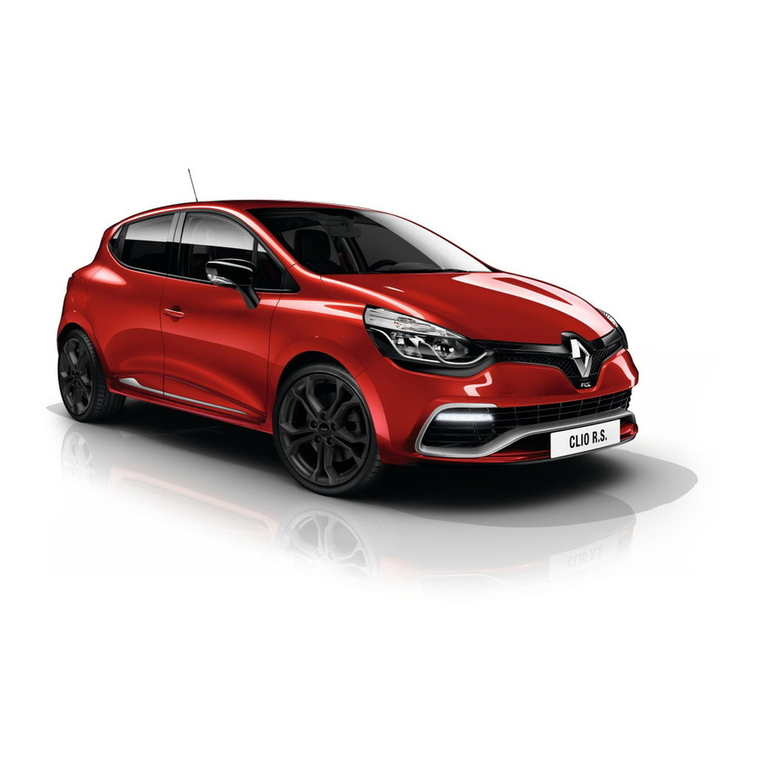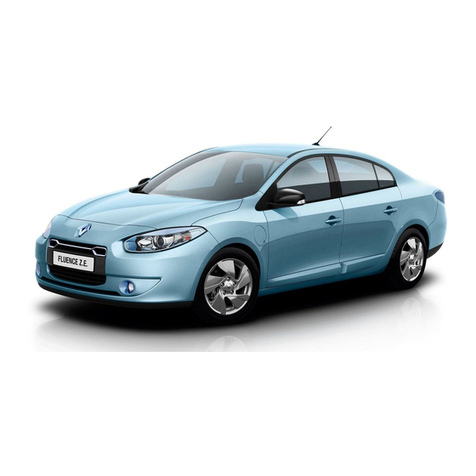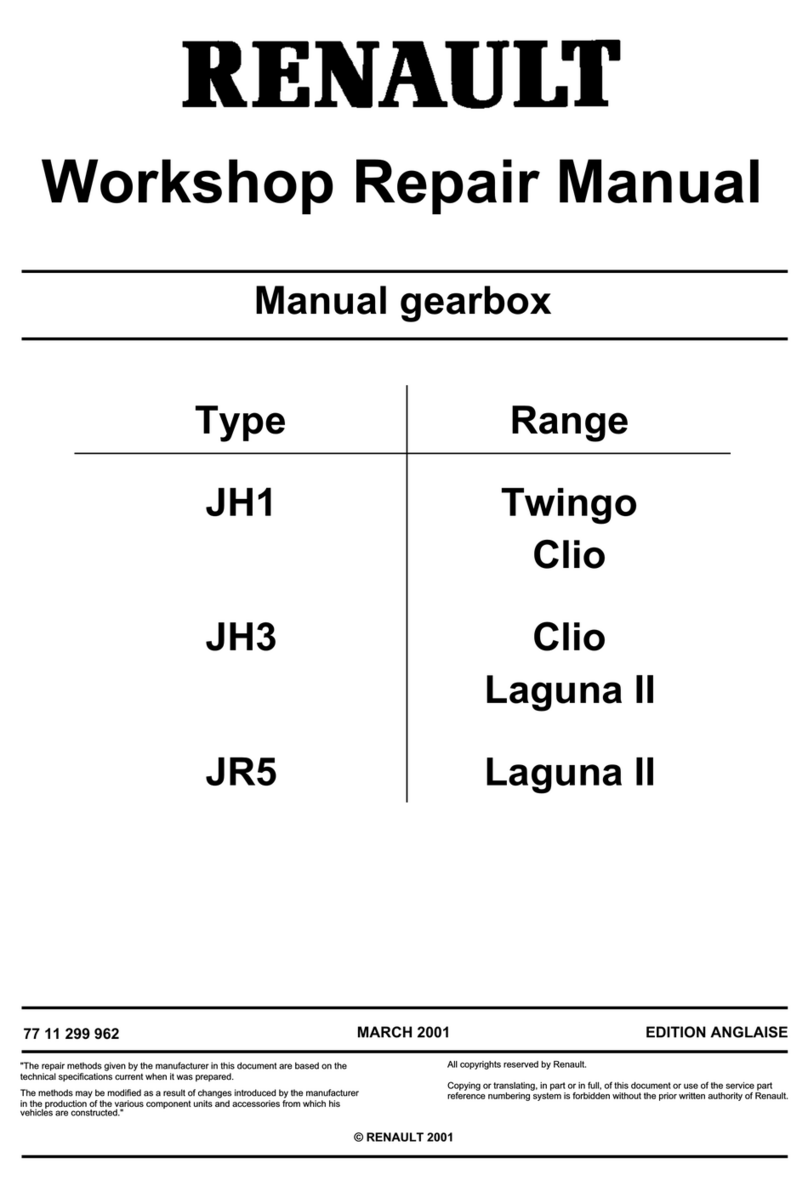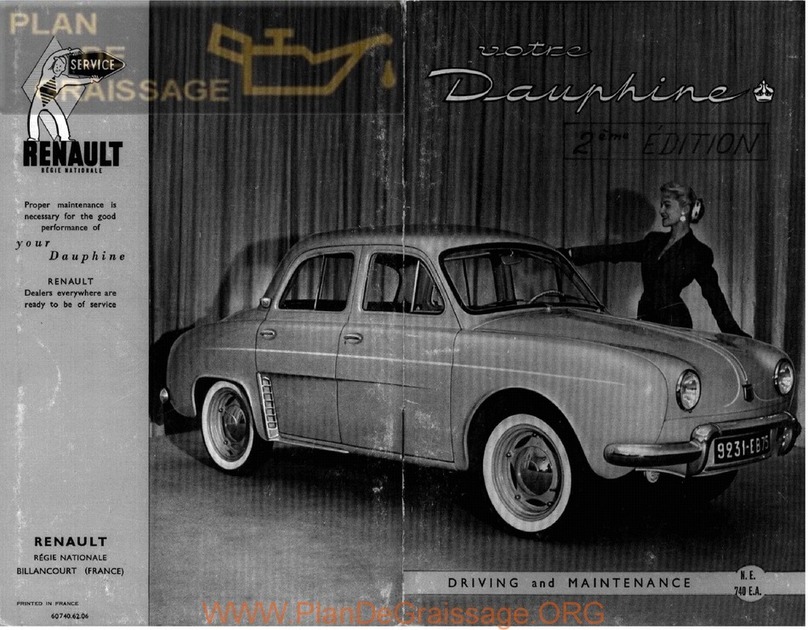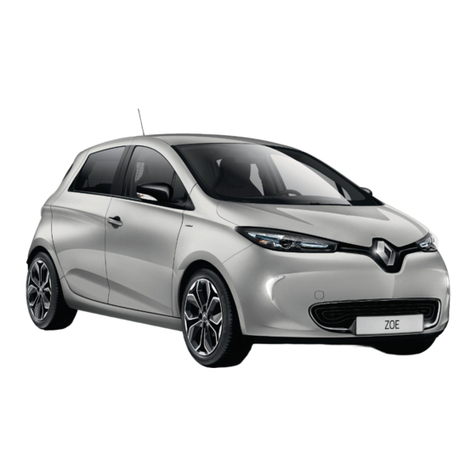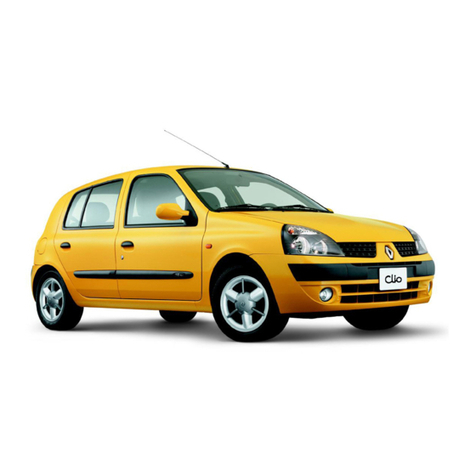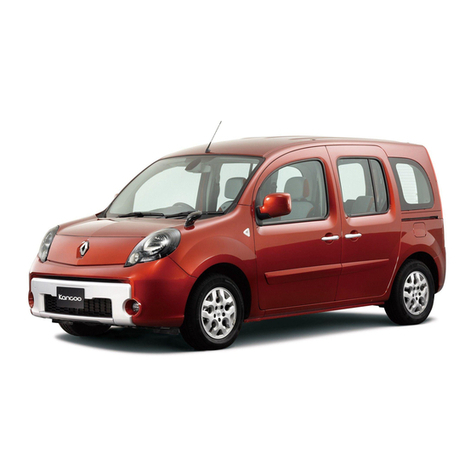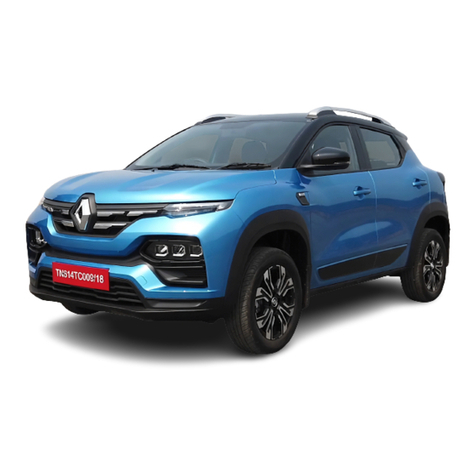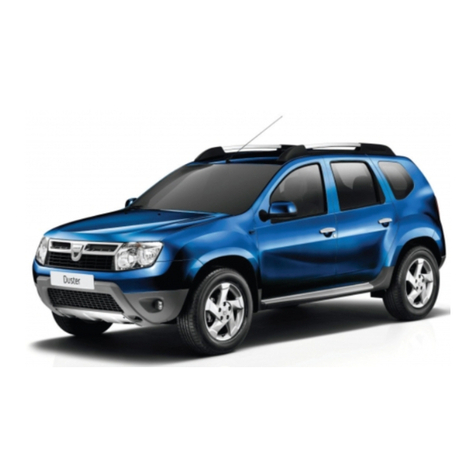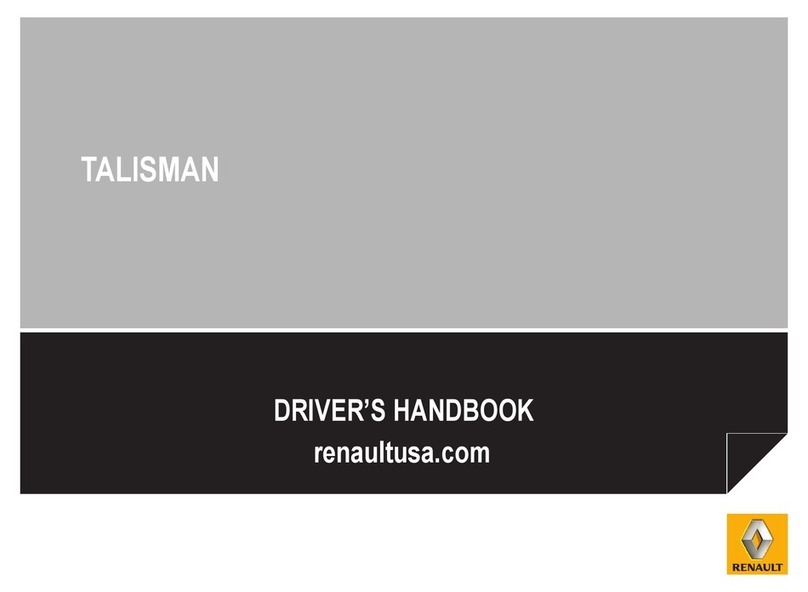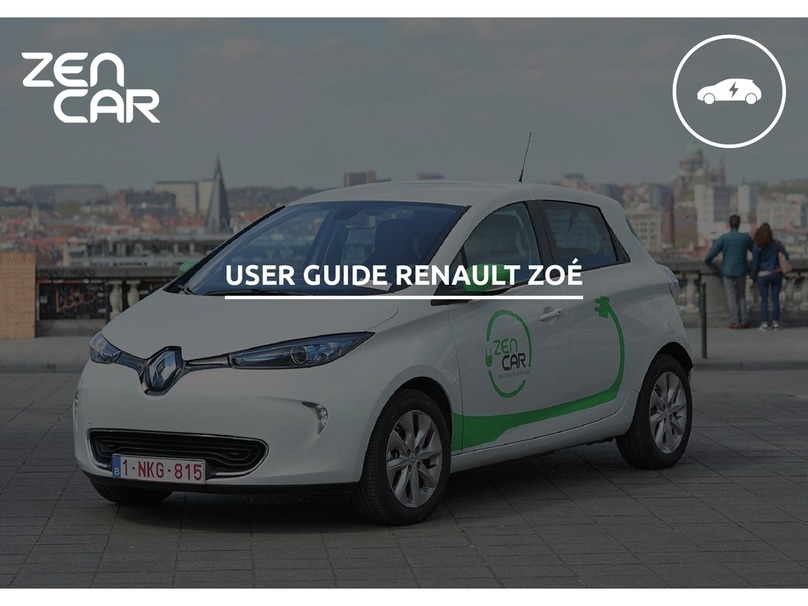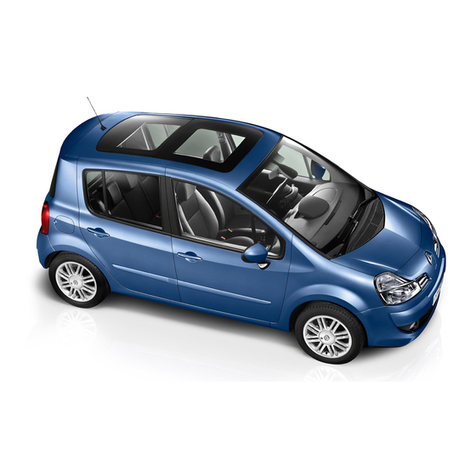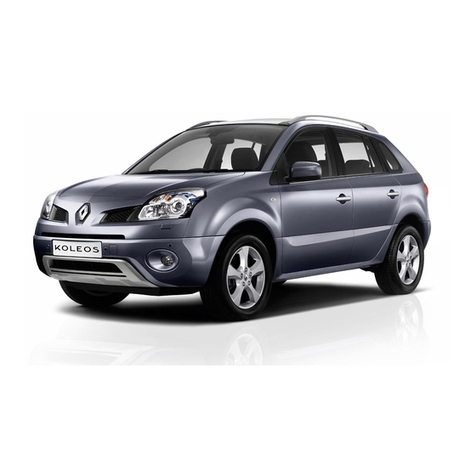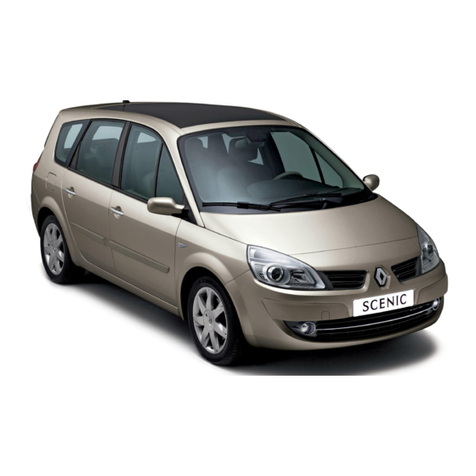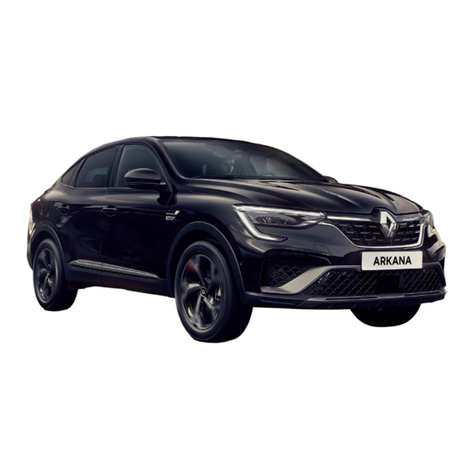Driving
When you lift your foot off the accelera-
tor pedal, the motor generates electri-
cal current during deceleration, and this
energy is used to recharge the traction
battery. Please refer to the information
on the “Charge meter” in Section 2.
An electric motor generates a greater
engine brake than in a petrol or diesel
engine vehicle.
Special feature:
After a maximum charge for the traction
battery and during the first few miles
when driving the vehicle, or during very
low outside temperatures, the engine
brake is temporarily reduced. Please
adapt your driving style accordingly.
ELECTRIC VEHICLE: introduction (4/4)
Noise
Electric vehicles are particularly quiet.
You will not yet necessarily be used to
it, and neither will other road users. It
is difficult for them to hear the vehicle
when it is moving.
We would therefore recommend that
you are aware of the horn and make
use of it, especially when driving in a
built-up area or when manoeuvring
(please see the information under
“Horn” in Section 1).
As the motor is silent, you will hear
noises that you are not used to hearing
(aerodynamic noises, tyre noise, etc.).
When charging, the vehicle may emit
noises (fan, relays, etc).
Your electric vehicle is
silent, so when you get
out, always check that the
handbrake is engaged and
switch off the ignition.
Risk of serious injury.
The engine brake should
under no circumstances be
used as a substitute for the
brake pedal.
Having a passenger effects
vehicle balance, road hold-
ing and increases the vehi-
cle braking distance.
Adapt your driving to the driving
conditions and avoid any sudden
manoeuvre which could lead to a
loss of control over the vehicle. Risk
of accident and serious injury.
For safety reasons, adapt
your driving to driving condi-
tions and avoid any sudden
turning of the steering
wheel, especially on steep slopes or
slippery surfaces.
Failure to respect these recommen-
dations may lead to a loss of control
of the vehicle.
Risk of accident and serious injury.
